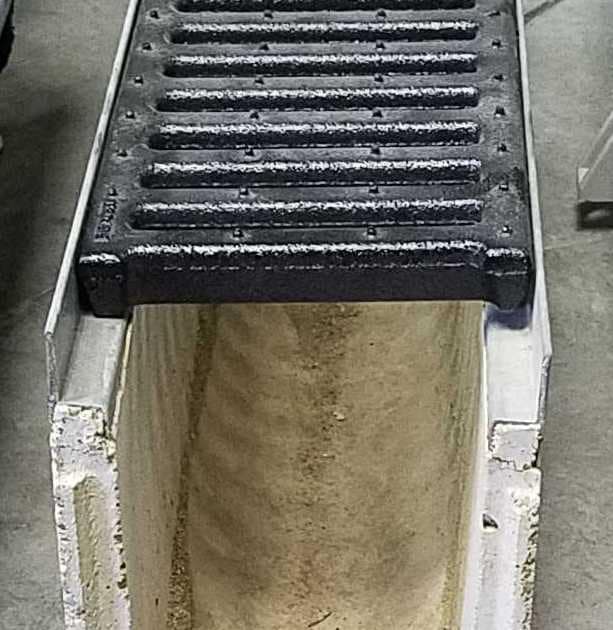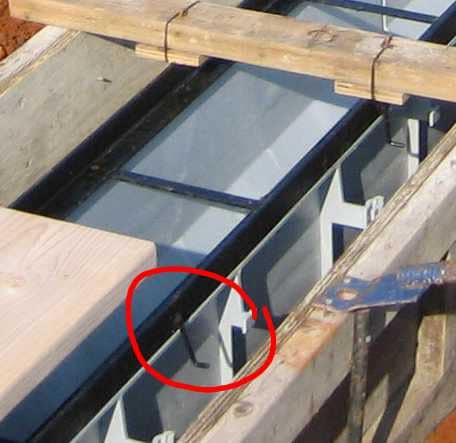One of the most important but often overlooked components of a trench drain system is the load bearing frame. This is the typically a metal component at the top of the trench drain that takes all the abuse from the traffic. When this frame is properly selected it will take the loading applied to it and properly distribute the load to the surrounding concrete. This frame also must be evaluated for environmental concerns and aesthetics to ensure it works with all aspects of the design.
Load Bearing Frame Selection
Standards
In drainage design, performance and safety depend on more than just material selection—they rely on adherence to well-established engineering principles that govern strength, durability, and long-term stability under load. International design guidelines specify how trench drain systems should manage edge protection, load transfer, anchoring, and dimensional tolerance to ensure consistent performance.
Dura Trench frames are developed in alignment with these principles. Our designs incorporate reinforced bearing edges, mechanically secured interfaces between the frame and channel, and materials selected for their structural integrity and corrosion resistance—such as cast iron, galvanized steel, and stainless steel. Each frame is engineered to maintain precise dimensional tolerances for proper grate seating and load distribution for grates up to DIN class E.
This approach ensures that every Dura Trench system meets the rigorous expectations of modern traffic and industrial environments, offering reliable strength, long service life, and consistent fit and finish across the full range of load applications.
Engineered for performance. Designed for longevity.
Frame Design
Dura Trench believes that the frame is the heart of the trench drain system. This component takes the load from the traffic. The frame is also cast in the concrete so you only get one chance to get it right. We see heavy load class grating specified without any frame all to often.
Dura Trench frames are designed to allow contact between the concrete and the frame. This contact is called the bearing area. This bearing area is what separates our products from many on the market. Many trench drain systems commercially available transfer the traffic loads into their channels. They do this by having frames that sit directly on top of their channel walls with no interaction with the surrounding concrete. When you purchase this type of system the channel material becomes extremely important because it is now a part of the structural integrity of the design. In many cases these compressible plastic materials are directly under the frame allowing flexing and eventual failure of the channel wall or the surrounding concrete. Dura Trench frames overhang the trench body and transfer the loads to the surrounding concrete. Our frames do not put those loads into the channel body.
Another common industry problem is a lack of concrete anchors or poorly designed anchors. There are many products on the market today that don’t have any anchors at all, some companies have them but have reduced their diameter to save cost thereby reducing their efficiency, or made them so short or at improper angles for shipping purposes that they are ineffective. Dura Trench does not skimp on this extremely critical component.


